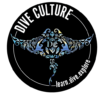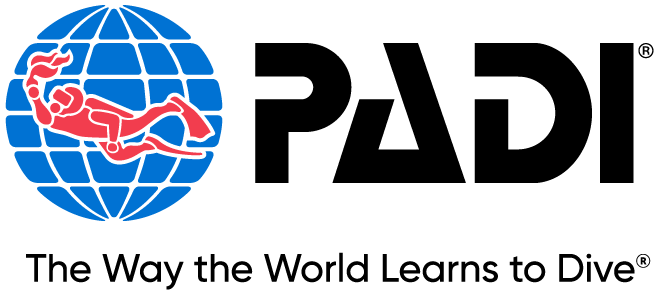
The Impact of Plastic Pollution on Marine Life
The oceans, covering over 70% of the Earth’s surface, are home to a vast array of marine species and ecosystems. However, plastic pollution has emerged as one of the most significant threats to marine life. With millions of tons of plastic entering the oceans annually, its devastating impact is visible on marine animals, habitats, and even the global food chain.
The Scope of the Problem
Each year, an estimated 11 million tons of plastic waste ends up in the oceans, a number expected to triple by 2040 if no significant actions are taken. Plastics, being highly durable, take hundreds of years to break down. Instead of decomposing, they fragment into smaller particles known as microplastics, which infiltrate even the most remote parts of the ocean, from the Arctic to the deepest trenches.
Effects on Marine Life
1. Ingestion of Plastic
Many marine animals mistake plastic debris for food. Sea turtles often consume plastic bags, mistaking them for jellyfish, a common prey. Birds like albatrosses feed on floating plastics, which can block their digestive systems, leading to starvation. Even small organisms, such as plankton, ingest microplastics, introducing these harmful particles into the food chain.
2. Entanglement
Fishing nets, six-pack rings, and other discarded plastic items entangle marine creatures like seals, dolphins, and sea birds. This often leads to injuries, restricted movement, and in severe cases, death. Entanglement can also hinder animals from surfacing for air, leading to drowning.
3. Habitat Destruction
Plastic waste can smother coral reefs, reducing light and oxygen availability. Coral reefs, vital to marine biodiversity, suffer when plastics introduce diseases or disrupt the delicate balance of the ecosystem.
4. Toxins in the Food Chain
As plastics degrade, they release harmful chemicals, including BPA and phthalates, into the water. These toxins are absorbed by marine organisms and accumulate up the food chain, affecting predators, including humans. Studies have linked these chemicals to hormonal disruptions and other health issues.
Wider Impacts on Ecosystems
Plastic pollution doesn’t only harm individual species but disrupts entire ecosystems. For instance:
-
Altered Behavior: Fish exposed to microplastics show changes in feeding habits and energy levels, which can affect their survival and reproduction.
-
Loss of Biodiversity: As species decline due to pollution, the balance of marine ecosystems is jeopardized, leading to cascading effects on other species and habitats.
Solutions and What We Can Do
Addressing plastic pollution requires coordinated efforts from individuals, industries, and governments. Here’s how we can make a difference:
1. Reduce Plastic Use
Opt for reusable items like metal straws, cloth bags, and water bottles. Avoid single-use plastics whenever possible.
2. Proper Waste Management
Dispose of waste responsibly and participate in local recycling programs. Ensure plastics don’t end up in waterways.
3. Participate in Cleanup Efforts
Join beach cleanups or underwater debris removal initiatives to reduce the immediate impact of plastic waste on marine environments.
4. Support Legislation
Advocate for policies that limit plastic production, encourage sustainable packaging, and fund research into biodegradable alternatives.
5. Educate and Raise Awareness
Spread the word about the impacts of plastic pollution on marine life. The more people understand the problem, the more likely they are to act.
Hope for the Future
Despite the dire consequences of plastic pollution, there is hope. Innovations in biodegradable materials, increased global awareness, and movements to ban single-use plastics are promising steps forward. With collective action, we can reduce plastic waste and protect the oceans for future generations.
Every choice we make—from using a reusable bag to supporting ocean conservation initiatives—brings us closer to cleaner, healthier seas and thriving marine life. Together, we can turn the tide against plastic pollution.


